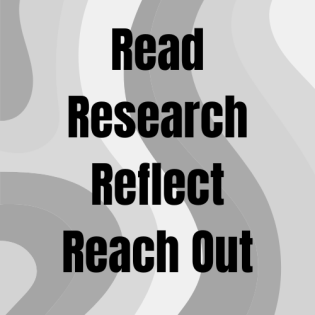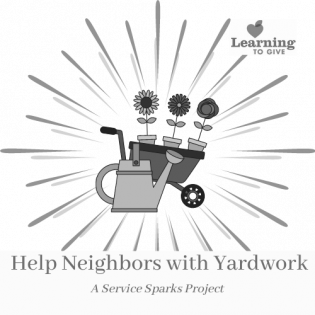In this activity by Joyce Matthews, youth explore what makes up an identity, then build a deeper understanding of how their identity impacts the community. With this Read, Research, Reflect, and Reach Out model, youth travel a journey of self-discovery that leads to service. This discovery-to-action model can be used in other contexts.
Filter by subjects:
Filter by grades:
Filter by audience:
Filter by issue area:
Filter by content type:
Filter by resource type:
resource search
Students explore the components of the Preamble of the U.S. Constitution and apply them to their own lives, with a particular emphasis on philanthropy. This lesson is designed for Citizenship/Constitution Day (September 17) and connects students to the community-building focus of the...
Ignite meaningful action that lights up the world through "Service Sparks" youth projects! Help out a neighbor who could use a bit of extra care. You may volunteer your time and talent to rake, mow, weed, or plant. What are you good at? Your effort may be needed by someone who can't get to it.
Learners define bullying and describe what bullying behavior looks and feels like. In contrast, they experience the feelings of being helpful and nice to peers when they need it.
Community members share stories of experiences in philanthropy.
Author: Urban EdVenture Faculty
Motivated by the song "This Land is Your Land," learners locate areas on a U.S. map and discuss the definitions of community, philanthropy, and volunteer. They picture themselves as volunteers, helping others.
Students write to pen pals in a different community and discuss ideas related to a service project. For example, the pen pals may plan and monitor a canned-good donation project.
The children recognize they form a community when they are brought together for a common purpose. They are encouraged to be philanthropic within interest groups, schools, and families to build trust and for the common good of the community.
The children select a service project based on interests and abilities, and community needs. They plan and carry out the project. Some community projects may include fixing up a park, helping at the library, helping a neighbor, building bird houses for the nature center, and making banners...
Young people convince others to take care of the beach or protect the Earth. They write an essay or make an advocacy poster.

